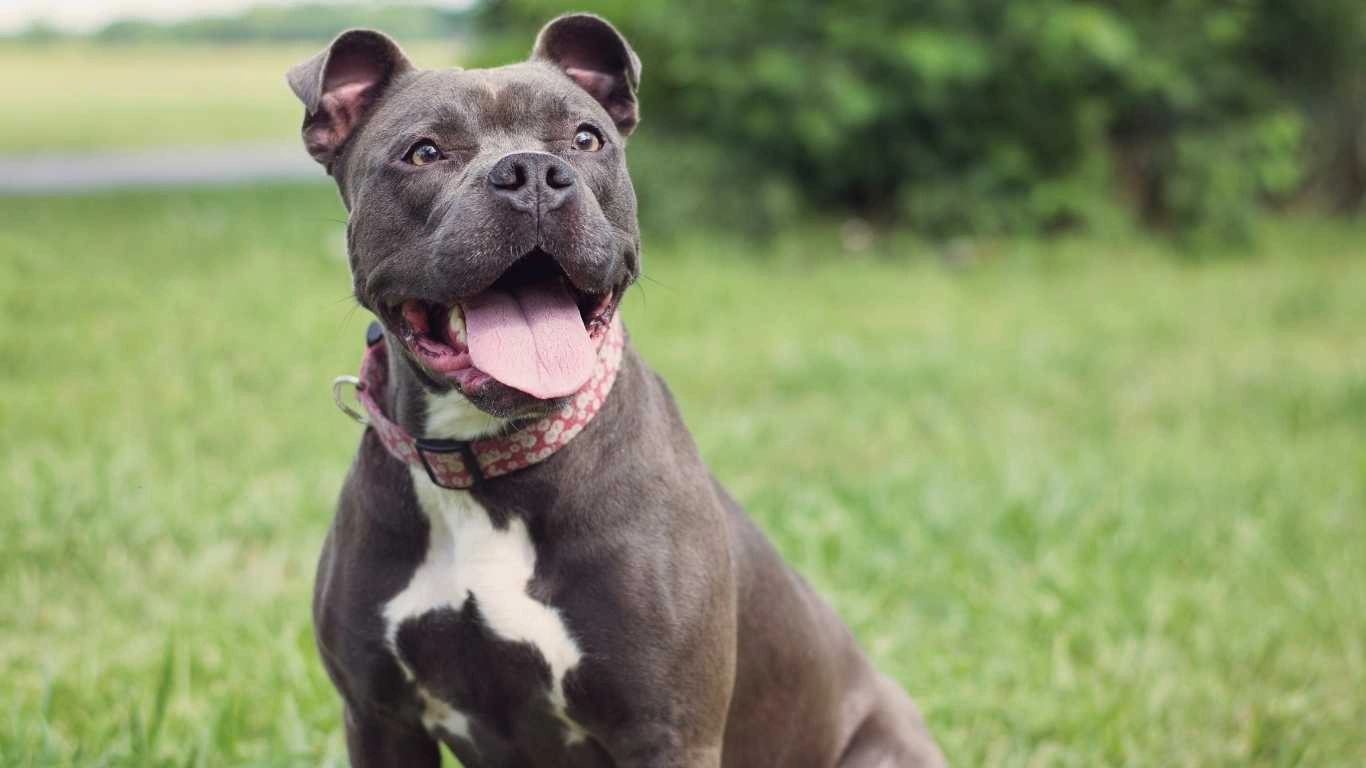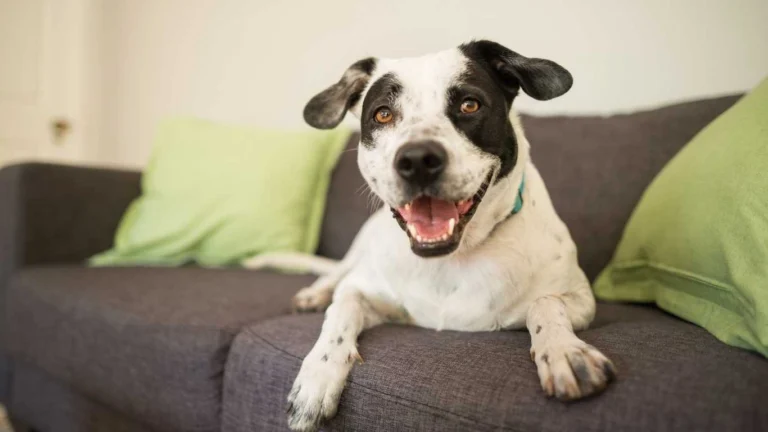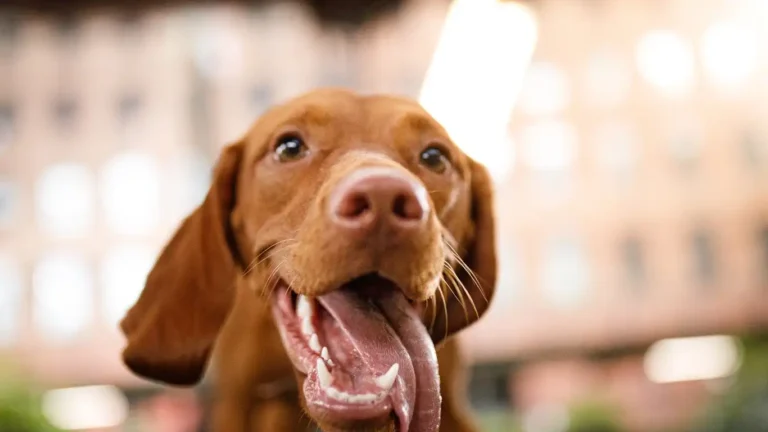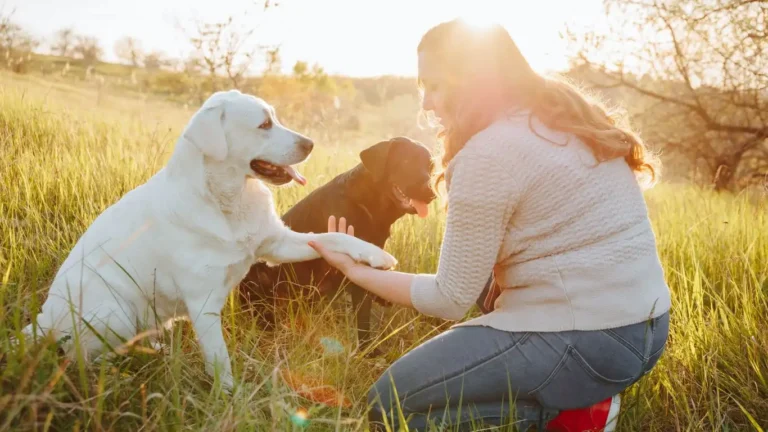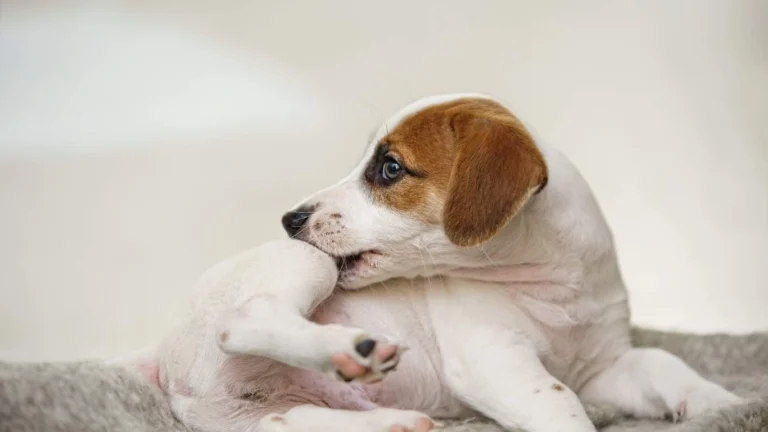How to Properly Store Raw Dog Food: Avoid These Common Mistakes
As an Animal Care Specialist working in a pet clinic, I’ve had my fair share of experience dealing with the intricacies of animal health. One topic that comes up frequently with pet parents is how to properly store raw dog food. Raw feeding has gained popularity among dog owners who want to give their dogs the best, most natural diet possible. However, with this method comes the responsibility of ensuring the food stays fresh and safe. Improper storage can lead to bacterial contamination, spoilage, or even harmful health effects for your dog. In this article, we’ll dive into everything you need to know about raw dog food storage, from tips and techniques to common mistakes to avoid. Let’s make sure your furry friends stay happy and healthy with a well-handled diet!
Understanding Raw Dog Food: Why Proper Storage Matters
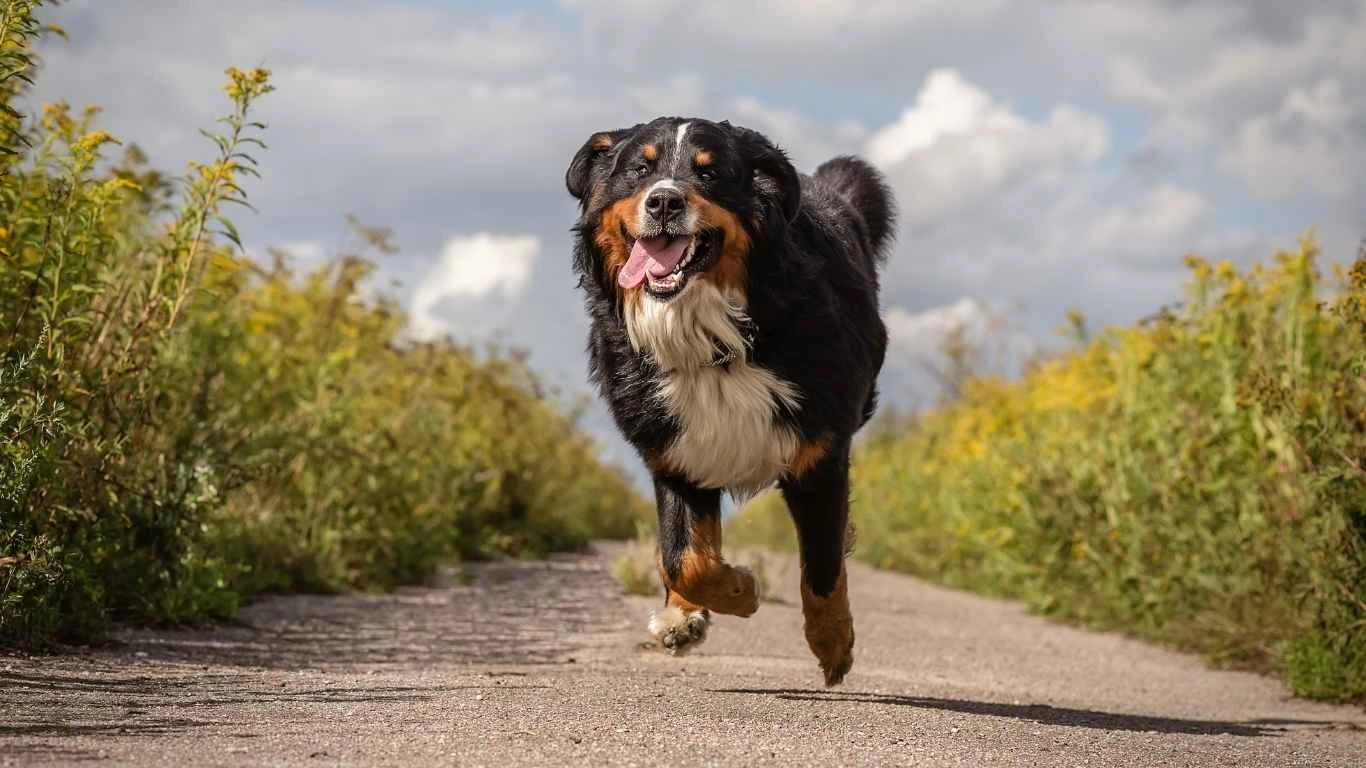
Before we get into the details of how to store raw dog food properly, let’s first understand why proper storage is so important. Raw dog food is exactly what it sounds like—uncooked ingredients that mimic a dog’s natural diet in the wild. This might include raw meat, bones, vegetables, and other supplements. However, unlike dry or canned dog food, raw food is perishable and can spoil quickly if not stored correctly. The bacteria found in raw food, such as Salmonella and Escherichia coli (E. coli), are not only dangerous to your dog but can also pose risks to humans handling the food. So, understanding proper storage is crucial for maintaining both safety and the nutritional value of the food.
What Happens If You Don’t Store Raw Dog Food Properly?
When raw dog food is not stored correctly, it can lead to various issues that can affect your dog’s health and your peace of mind. Here are a few things that can go wrong:
- Health risks: Raw food that isn’t stored properly can encourage the growth of harmful bacteria like Salmonella or E. coli, which can cause gastrointestinal problems or even more serious infections.
- Spoilage: Without proper refrigeration or freezing, raw dog food can spoil in just a few hours, losing its nutritional value and safety.
- Waste: Improper storage means you may need to throw out food that has gone bad, which is not only wasteful but costly too.
As you can see, the consequences of improper storage are significant, both in terms of your dog’s health and your wallet. So, let’s move on to how you can avoid these pitfalls!
Best Practices for Storing Raw Dog Food

Now that we understand the risks of improper storage, let’s explore the best practices for storing raw dog food to keep it fresh and safe. There are a few simple steps you can follow, but they’re absolutely essential when it comes to maintaining your dog’s food at its peak.
1. Keep It Cold: Refrigeration and Freezing
When it comes to raw dog food, cold temperatures are your best friend. Whether it’s stored in the fridge or the freezer, keeping the food at a consistent temperature is crucial for minimizing bacterial growth.
- Refrigeration: Raw food should be refrigerated at or below 40°F (4°C). Make sure your fridge is set to the right temperature and that raw food is stored on the bottom shelf to prevent cross-contamination with ready-to-eat foods.
- Freezing: Freezing raw dog food is often the best option for longer-term storage. If you buy raw dog food in bulk, portion it out and freeze it in individual servings. Just remember to thaw only what you need to avoid refreezing and compromising the quality.
2. Use Air-Tight Containers
One of the easiest ways to keep raw dog food safe and fresh is by using air-tight containers. These containers help prevent exposure to air, which can cause food to spoil more quickly, and they also keep the food from absorbing any unwanted smells or flavors from other items in the fridge.
- Plastic or glass containers: Choose sturdy, food-safe containers that are easy to seal. Glass containers are a great option as they don’t retain odors and are non-porous. However, plastic containers are lighter and can be a good choice for portability.
- Vacuum-sealing: For an extra layer of protection, consider using a vacuum-sealing system. By removing air from the packaging, vacuum-sealing can help keep raw food fresh for longer periods of time.
3. Portion It Out
If you’re storing large quantities of raw food, it’s always a good idea to portion it out before freezing. This allows you to thaw just the amount your dog needs for a few days, reducing waste and making the process more convenient. You can use freezer bags or smaller containers to divide up meals for the week, keeping each portion separate to avoid over-thawing.
Common Mistakes to Avoid When Storing Raw Dog Food
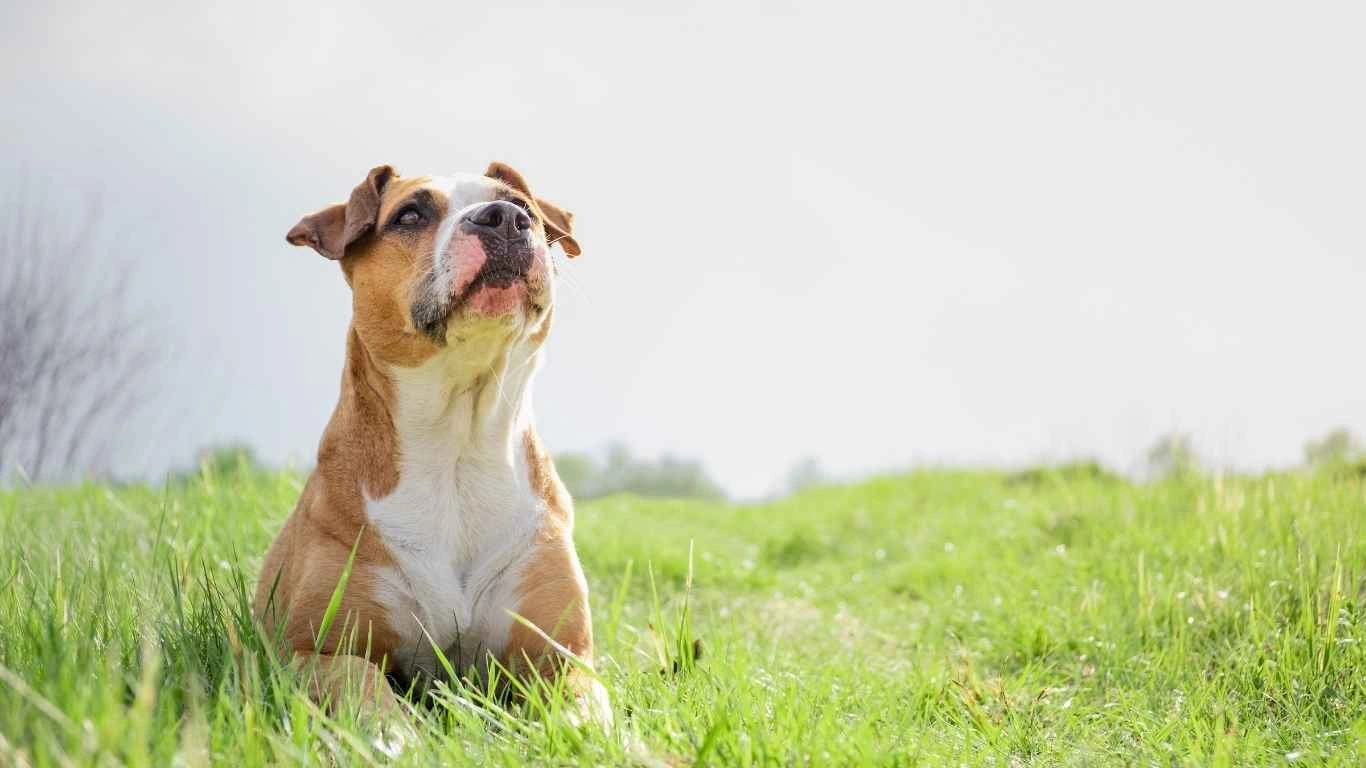
While storing raw dog food might seem straightforward, it’s easy to make mistakes. Let’s go over some of the most common pitfalls and how you can avoid them:
- Not labeling the food: One of the biggest mistakes I’ve seen pet owners make is failing to label frozen raw food with the date it was purchased or prepared. This can lead to confusion, and sometimes, expired food is used by mistake. Always label your raw dog food so you know how long it’s been stored.
- Improper thawing: Thawing raw food at room temperature is a big no-no! It can encourage bacterial growth. Always thaw raw food in the fridge or use the defrost setting on your microwave if you’re in a hurry.
- Storing raw food near ready-to-eat foods: Keep raw dog food in a separate container from your human food, and always store it on the bottom shelf of the fridge to prevent contamination.
By being mindful of these common mistakes, you can ensure that your dog’s raw food remains safe and healthy for consumption.
How to Properly Store Raw Dog Food While Traveling
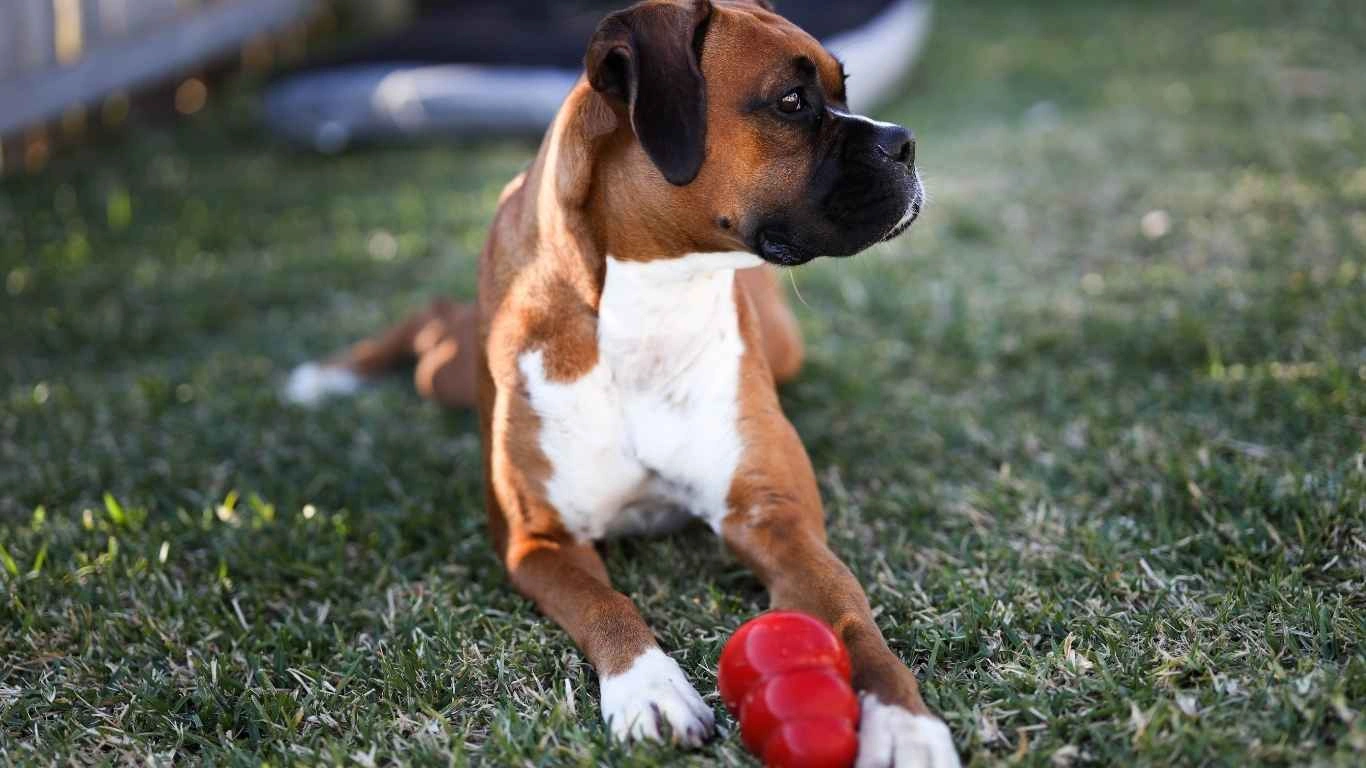
If you’re like me, your dog is always part of the family, and that means taking them along on trips—whether it’s a weekend getaway or a long vacation. But when you’re feeding your dog a raw diet, traveling can present a few challenges when it comes to food storage. It’s not always easy to keep raw food safe while on the go, but don’t worry! With a little planning, you can make sure your dog gets the healthy meals they’re used to, no matter where you are.
1. Invest in a Good Cooler or Travel Fridge
One of the best things you can do for traveling with raw dog food is to invest in a high-quality cooler or travel fridge. Trust me, I’ve learned the hard way—trying to store raw food in a regular cooler doesn’t always keep things at the right temperature. A good travel fridge will keep your dog’s food cold, so you don’t have to worry about spoilage during the trip.
Some options even come with features like temperature control and plug-in capabilities, which can be super helpful if you’re on a long road trip. Look for a cooler that offers enough space for the food, and make sure it’s well-insulated to maintain a safe temperature for your dog’s meals.
2. Freeze Raw Food in Advance
One of the easiest ways to manage raw dog food while traveling is to freeze the meals ahead of time. Thawing food on the go can be tricky, and a frozen meal will stay colder for longer during the trip. Depending on your dog’s feeding schedule, you can thaw a portion or two in the fridge overnight, and that’s all you’ll need for the next day’s meals.
Just be sure to plan ahead and portion out the food so you’re not scrambling to thaw too much or too little. Also, remember to use freezer-safe bags or containers that won’t leak in your cooler!
3. Use Insulated Bags for Extra Security
In addition to the cooler or travel fridge, an insulated bag is a great way to keep raw food cold for a few hours at a time. If you’re just out for the day or need to transport food for a short period, an insulated bag can be the perfect solution. These bags are lightweight, portable, and they help maintain the temperature of the food while you’re on the move.
Pro tip: Consider packing ice packs in the bag for extra cooling power. Ice packs don’t just keep the food cold, they also reduce the risk of moisture buildup inside the bag, which can be a breeding ground for bacteria.
Storing Raw Dog Food for Long-Term Storage at Home
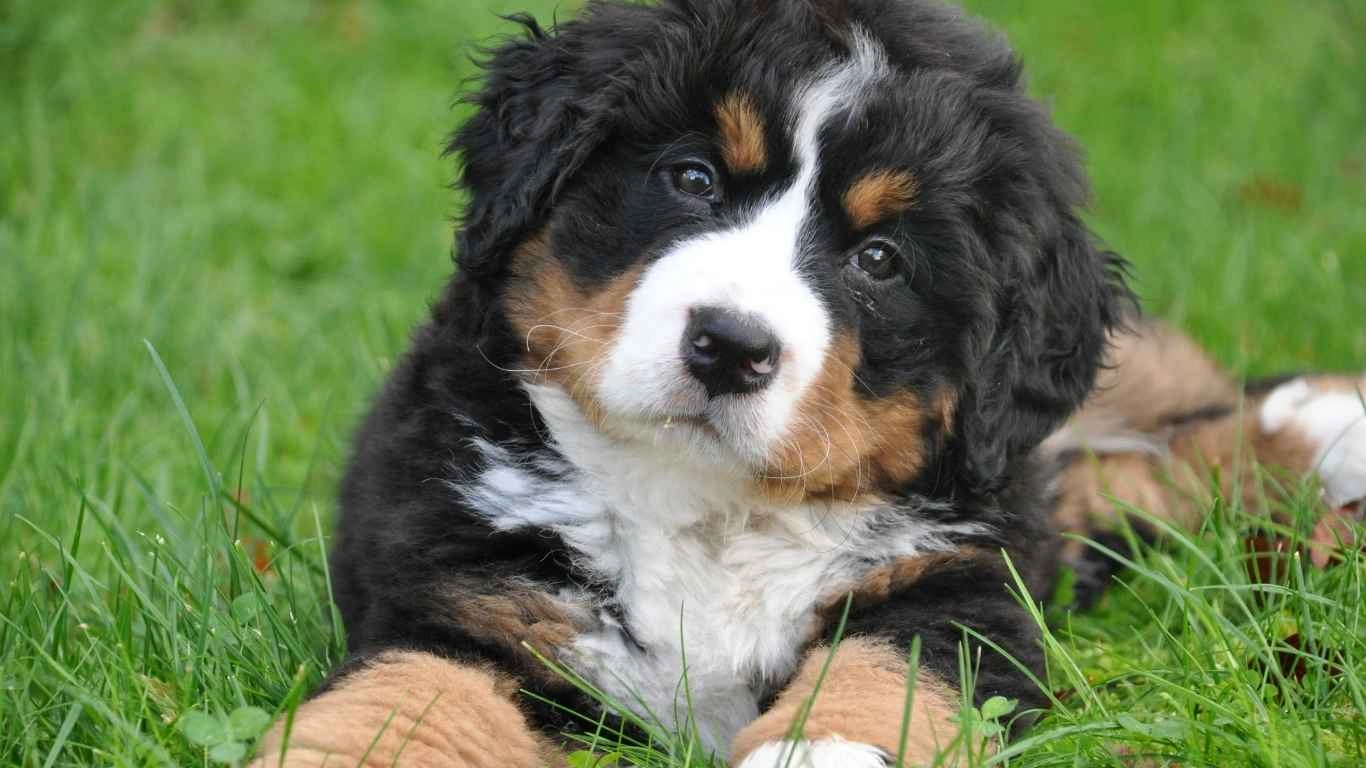
For those of us who buy raw dog food in bulk or prefer to make our own dog food, proper long-term storage at home is essential. Whether you’re freezing raw food to last for weeks or months, the right storage techniques will preserve both the safety and nutritional value of the food. Let’s explore some of the best ways to store raw dog food for the long haul.
1. Freezer Organization is Key
If you’re storing a large quantity of raw dog food in the freezer, organization is key. Trust me—it’s easy to lose track of what you have, especially if you’re buying in bulk or preparing food ahead of time. Keep things organized by categorizing meals based on the type of food, such as meats, vegetables, and supplements. This will help you grab what you need when it’s time to thaw and serve.
Consider using freezer bins or plastic storage containers to separate different types of food. Label each bin with the contents and the date it was frozen, so you can easily find what you need without digging through everything.
2. Vacuum-Sealing for Freshness
If you’re really serious about preserving the freshness of raw dog food, vacuum-sealing is an excellent method. I’ve found that vacuum-sealing helps extend the shelf life of raw food in the freezer. This technique removes the air from the packaging, preventing freezer burn and helping to retain the food’s moisture, which keeps the nutrients intact.
Vacuum-sealed bags also make it super easy to store raw food in portion-sized packets. No more dealing with giant blocks of frozen meat that are a pain to thaw! It’s a game-changer for raw dog food storage at home.
3. Consider Freezer-Safe Containers or Bags
If vacuum-sealing isn’t an option for you, freezer-safe plastic containers or bags are your next best bet. Just make sure that the bags or containers are made for the freezer and are designed to withstand freezing temperatures. Regular plastic bags can break or crack in the cold, which could lead to contamination or leaks.
Also, don’t forget to leave some space at the top of your containers or bags to allow for expansion as the food freezes. This helps prevent cracking and ensures the seal remains intact.
Thawing Raw Dog Food Safely
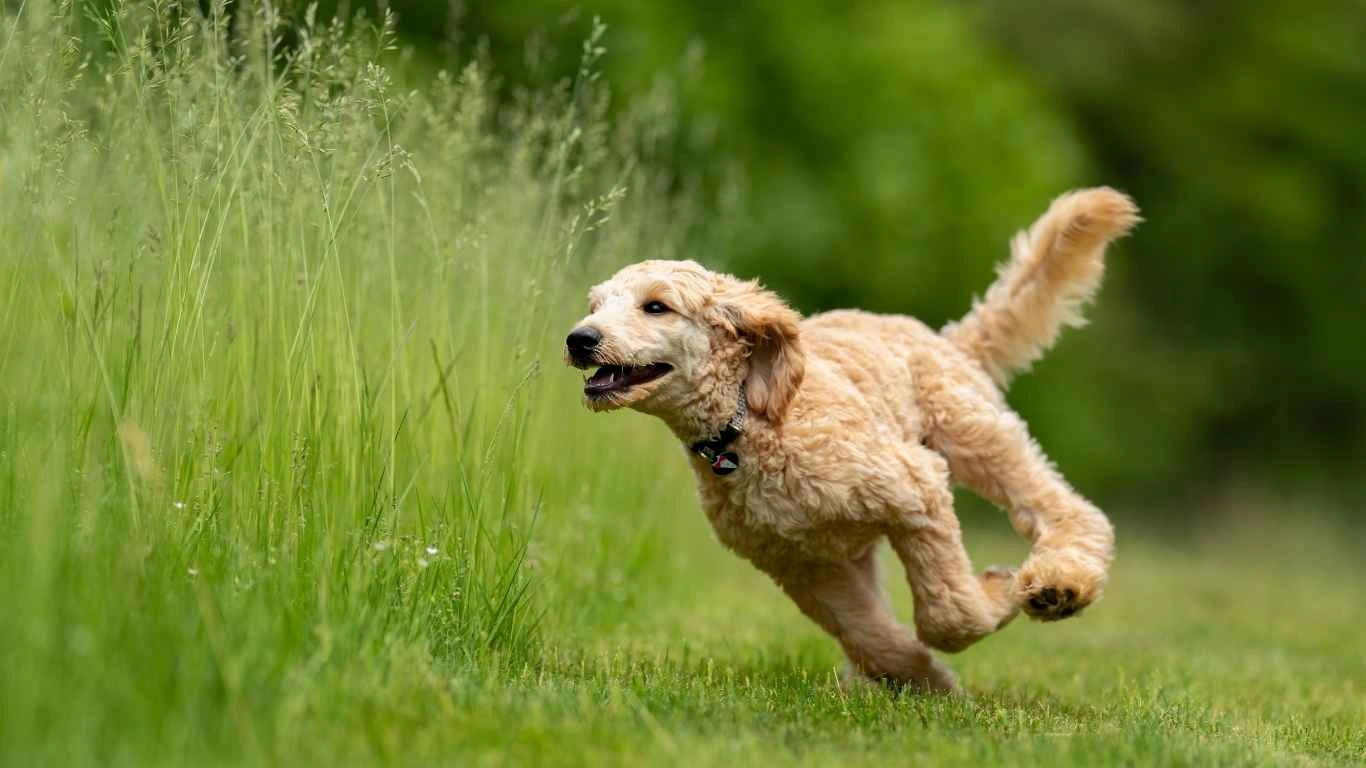
It’s not just about how you store the raw dog food—it’s also about how you thaw it safely. If you’ve ever had to deal with thawing frozen raw food, you know it’s easy to make a mistake that could lead to bacteria growth or other issues. Let’s dive into some of the best practices for thawing raw dog food to ensure it remains safe for your pet.
1. Always Thaw in the Refrigerator
Thawing raw dog food at room temperature is a big no-no. Why? Because bacteria can start to grow rapidly at room temperature, putting your dog’s health at risk. The safest way to thaw raw food is in the refrigerator, where the temperature stays below 40°F (4°C). Thawing food overnight in the fridge ensures it remains cold and safe for your dog to eat.
Depending on the size of the portion, it may take anywhere from 12 to 24 hours to thaw completely, so plan ahead and give yourself enough time.
2. Use Cold Water for Quick Thawing
If you need to thaw raw dog food quickly, you can use the cold-water method. Place the sealed bag of food in a sink or bowl filled with cold water. This method can defrost smaller portions in a few hours. Just be sure to change the water every 30 minutes to keep it cold and safe.
Never use hot water, as it can cause the food to thaw too quickly and lead to unsafe temperatures.
3. Never Refreeze Raw Dog Food
Once raw dog food has been thawed, it’s important not to refreeze it. Refreezing raw food can compromise both the quality and safety of the food. After it’s been thawed, make sure to feed it within a couple of days. If you have leftover raw food, discard it rather than refreezing it.
Proper thawing is just as important as proper storage, so keep these guidelines in mind to ensure your dog’s meals are safe to eat every time.
Additional Tips on How to Properly Store Raw Dog Food for Multi-Dog Households
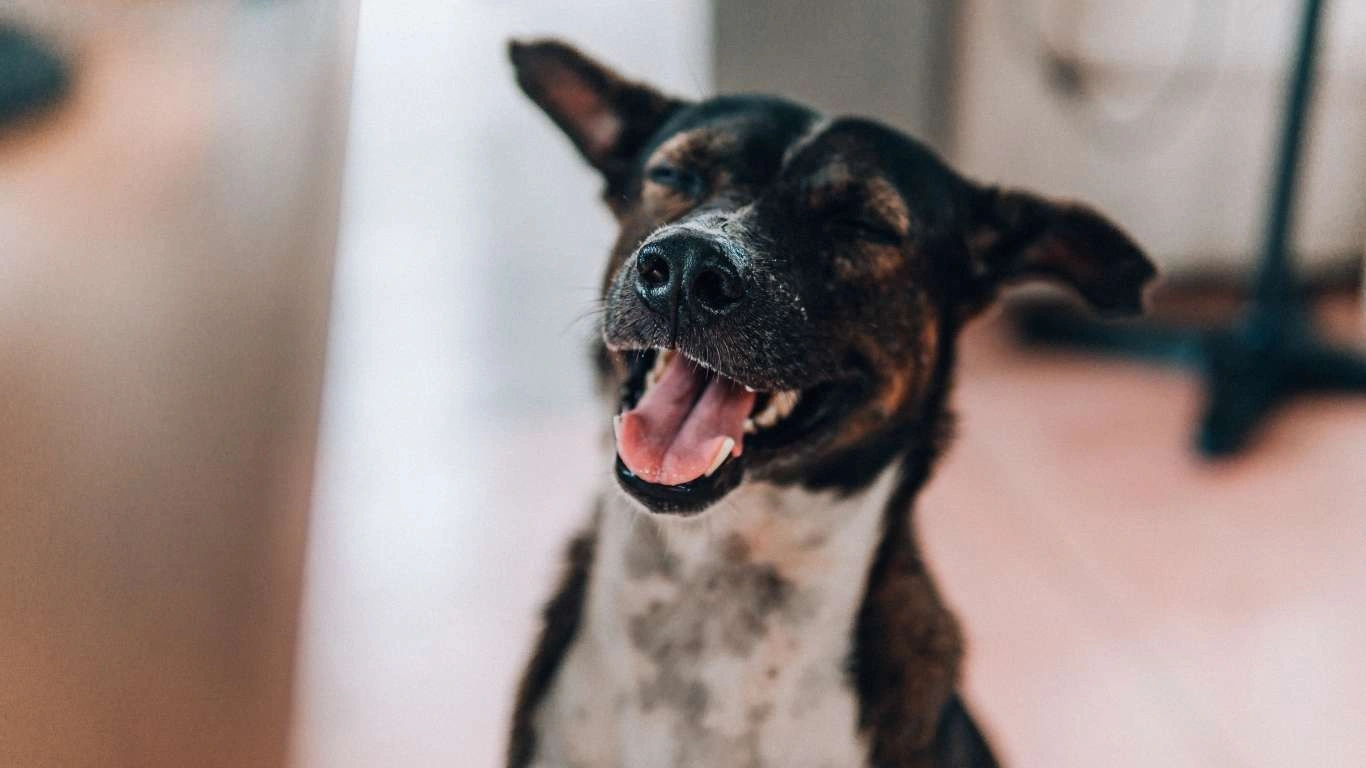
Now, if you’re in a multi-dog household like I am, storing raw dog food becomes a whole different ball game. Feeding two or three dogs (or more!) means larger quantities, more frequent prepping, and a lot more attention to detail. Over the years working in shelters and my own experience with clients at the pet clinic, I’ve picked up a few tricks that make raw food storage smoother and safer—especially when you’re managing multiple bowls, dietary needs, and feeding times.
1. Create a Labeling System
Let me tell you—keeping things labeled is a lifesaver. When feeding more than one dog, label each container or bag with their name and the date the food was prepped. It avoids confusion (especially if one pup has allergies or a special protein requirement) and helps you rotate meals efficiently without letting anything go to waste.
I use color-coded lids or masking tape and a marker—it’s simple but it works. You can even assign colors to each dog. Easy peasy, and it saves a ton of stress at feeding time.
2. Meal Prep for the Week
Just like people who prep their own meals for the week, prepping your dogs’ raw meals in advance can seriously reduce the daily hassle. Set aside time once or twice a week to portion out meals for each dog, freeze what you won’t use within 48 hours, and keep the rest in the fridge. This system helps ensure consistency and reduces the chances of rushing and mishandling raw food.
Plus, if you ever need someone else (a sitter or partner) to feed the dogs, everything is already portioned and labeled—zero guesswork!
3. Dedicated Freezer Space
If you have several dogs on a raw diet, consider getting a small freezer just for their food. I’ve seen many clients do this, and it honestly makes so much sense. You don’t have to worry about mixing pet food with your own groceries, and you can buy or prepare food in bulk without running out of space. Trust me, it’s worth the investment if you’re committed to raw feeding long-term.
Food Safety Practices for Handling Raw Dog Food at Home
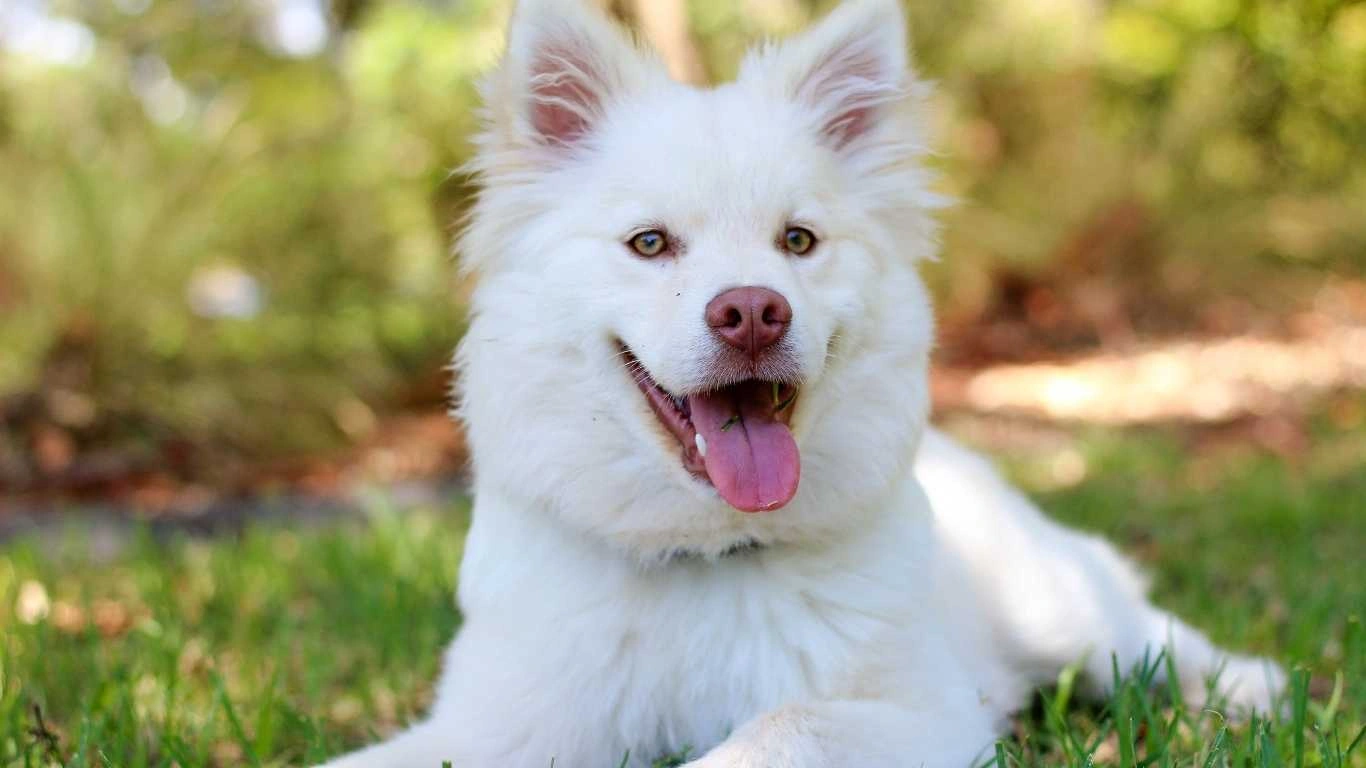
Proper storage is just one side of the coin. The way you handle raw dog food at home plays a huge role in keeping your pups safe (and your household, too). Whether you’re a first-time raw feeder or a seasoned pro, here’s a quick refresher on food safety practices I always recommend at the clinic and follow myself at home.
1. Wash Hands and Surfaces Thoroughly
This one might sound obvious, but you’d be surprised how many people forget! After handling raw dog food, always wash your hands with warm, soapy water for at least 20 seconds. And clean any surfaces—like countertops, cutting boards, and feeding bowls—that the raw food touched.
Pro tip: I keep a separate sponge and set of bowls just for my dog’s meals. That way, there’s no risk of cross-contamination with human dishes. It’s a small step, but it goes a long way.
2. Use Separate Utensils
Speaking of cross-contamination, avoid using the same utensils for both your food and your dog’s. Designate a spoon, scoop, or tongs specifically for raw feeding. I keep mine in a labeled jar next to my prep area, and it makes meal time quick and hygienic.
3. Clean Food Bowls Daily
Even if the food is stored and handled properly, bacteria can still grow in food residue left on bowls. Get into the habit of washing your dog’s bowl after every meal. If you feed twice a day, that means two washes. Stainless steel bowls are my go-to—they’re durable, easy to clean, and don’t absorb odors like plastic can.
4. Store in Small Portions
Only thaw or refrigerate as much raw food as your dog (or dogs) will eat within 1-2 days. This minimizes the window for bacterial growth and keeps things fresh. If you accidentally thaw too much, don’t try to stretch it out past 3 days. When in doubt, toss it out—better safe than sorry.
Real Talk: Common Myths About Storing Raw Dog Food
Alright, let’s bust a few myths I’ve heard floating around from clients, online groups, and even at the dog park. There’s a lot of well-meaning but inaccurate advice out there, so let’s clear some things up based on experience and veterinary guidelines.
Myth 1: “If my dog’s stomach can handle raw food, I don’t need to worry about bacteria.”
Not true! Yes, dogs have more acidic stomachs than humans, which helps them process raw food better. But that doesn’t mean bacteria can’t make them sick—especially if the food has spoiled. And don’t forget, bacteria can be transmitted to humans through contact. Safe storage protects everyone in the household.
Myth 2: “You can leave raw food out for a couple of hours.”
Wrong again. Raw dog food should never sit at room temperature for more than 15–20 minutes. After that, bacteria start multiplying fast. If your pup didn’t finish their meal, toss the leftovers. I’ve seen too many tummy troubles that could’ve been avoided with this simple step.
Myth 3: “You can refreeze raw dog food once it thaws.”
This one’s a no-go. Refreezing can damage the food’s texture and nutrient value. More importantly, it increases the risk of bacterial contamination. Plan portions carefully and freeze them individually—makes life so much easier!
References
Disclaimer
This article is based on personal experience as an Animal Care Specialist and should be used for informational purposes only. It does not replace professional veterinary advice. Always consult your veterinarian before making changes to your dog’s diet or feeding routine, especially if your pet has specific health conditions or dietary needs.
